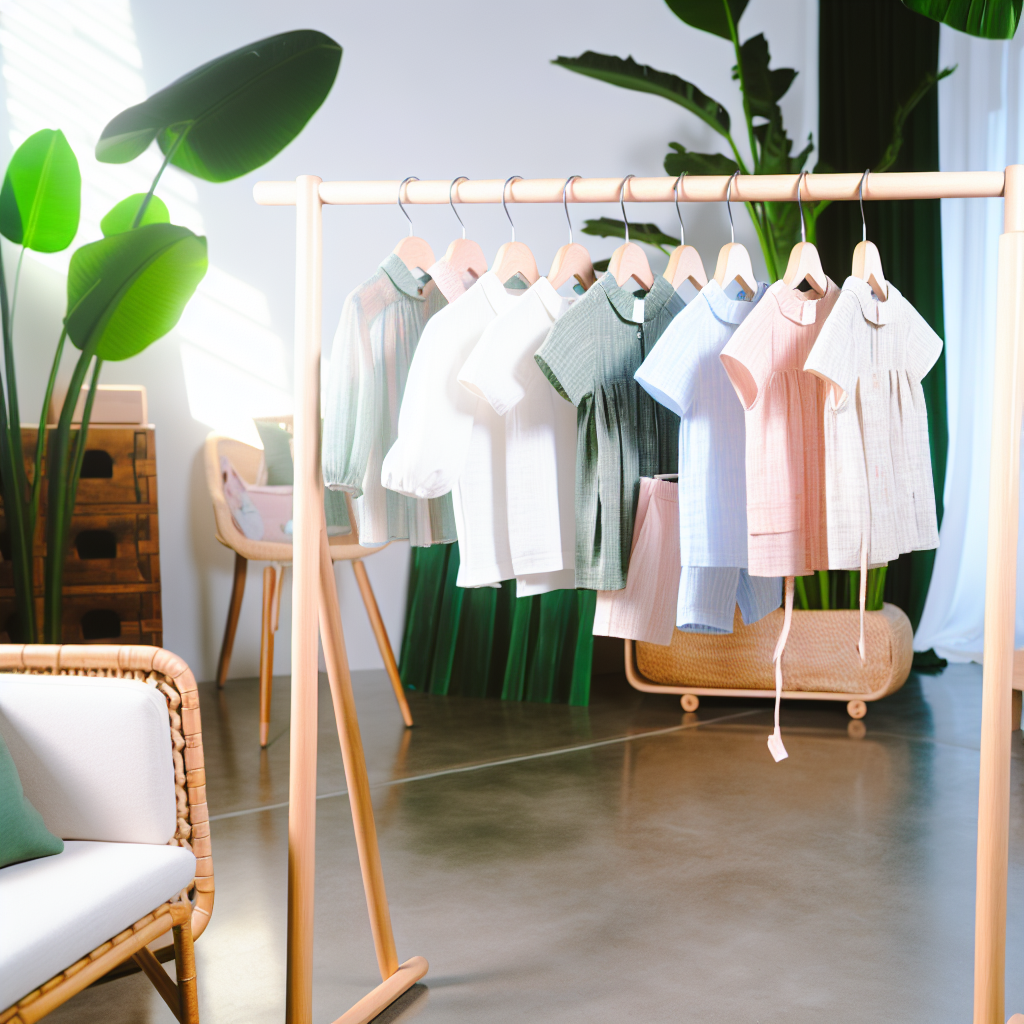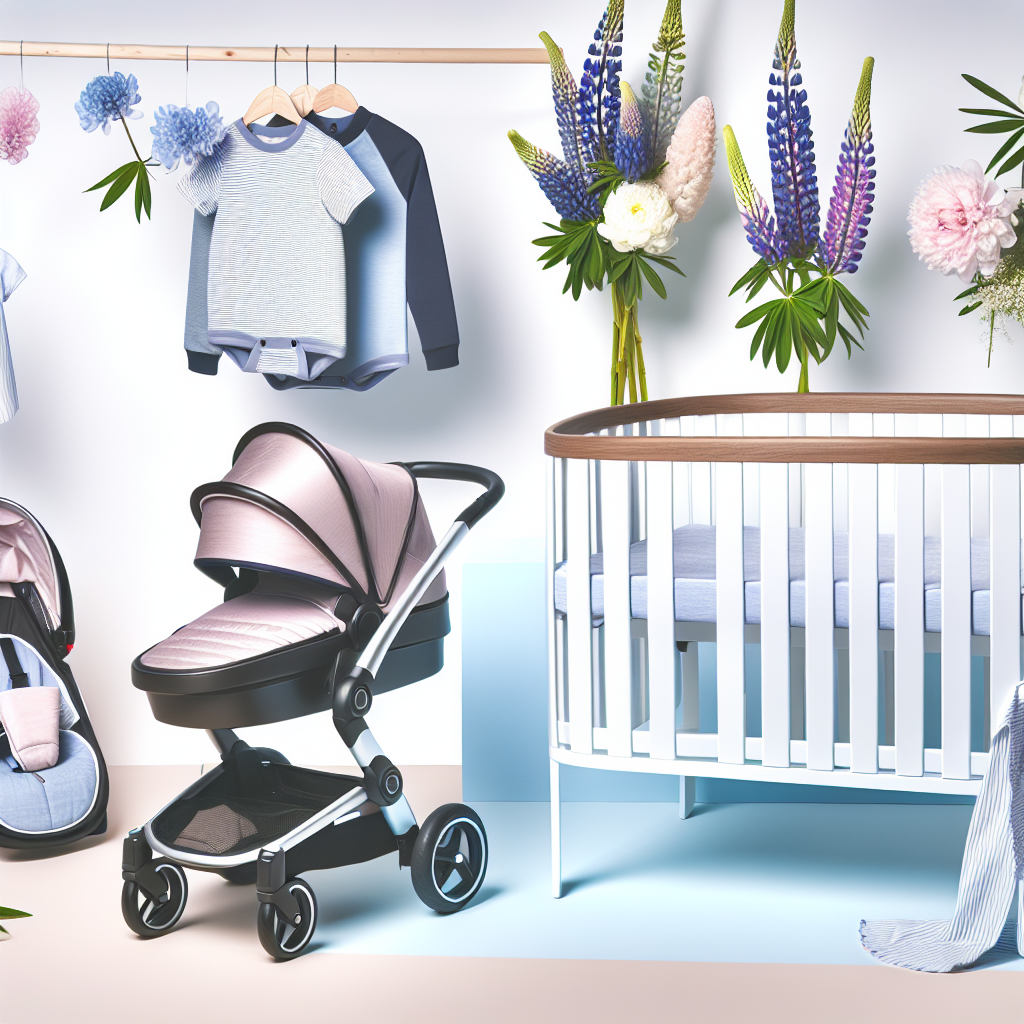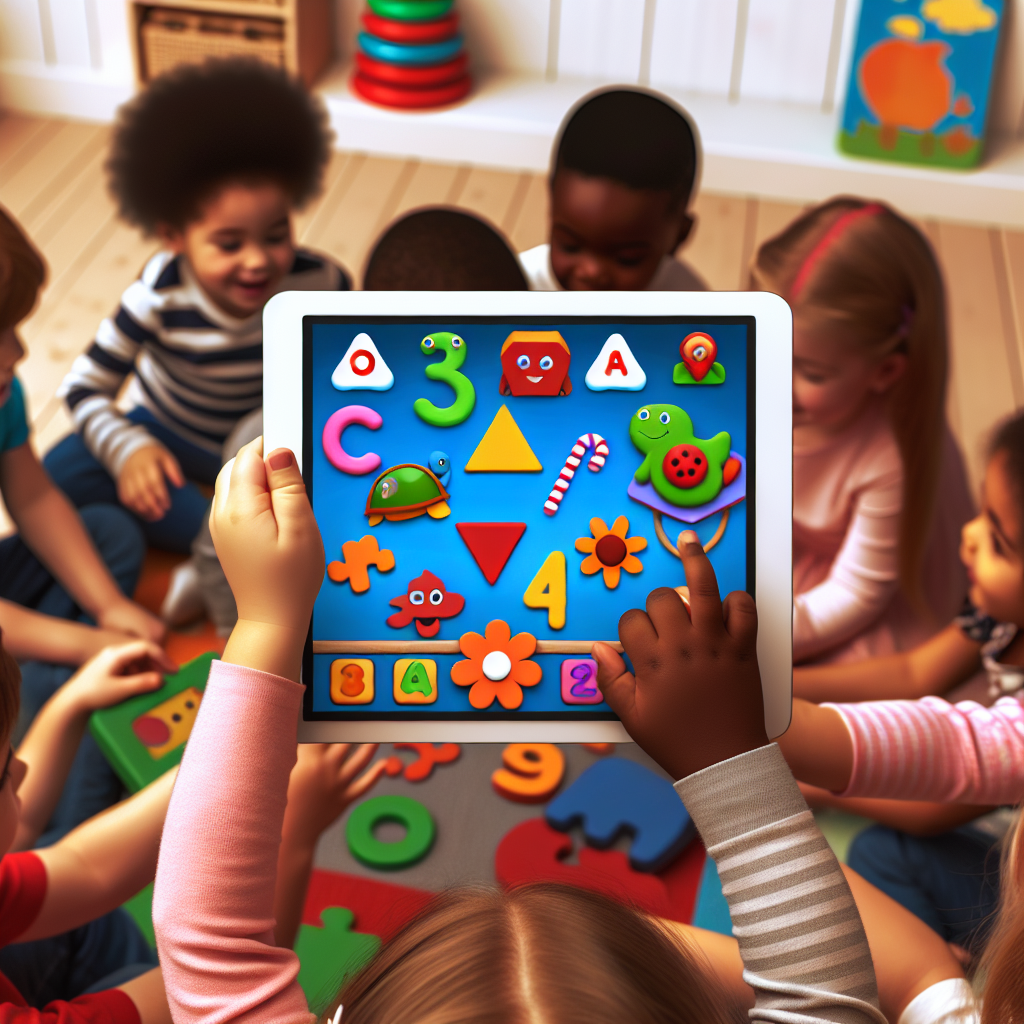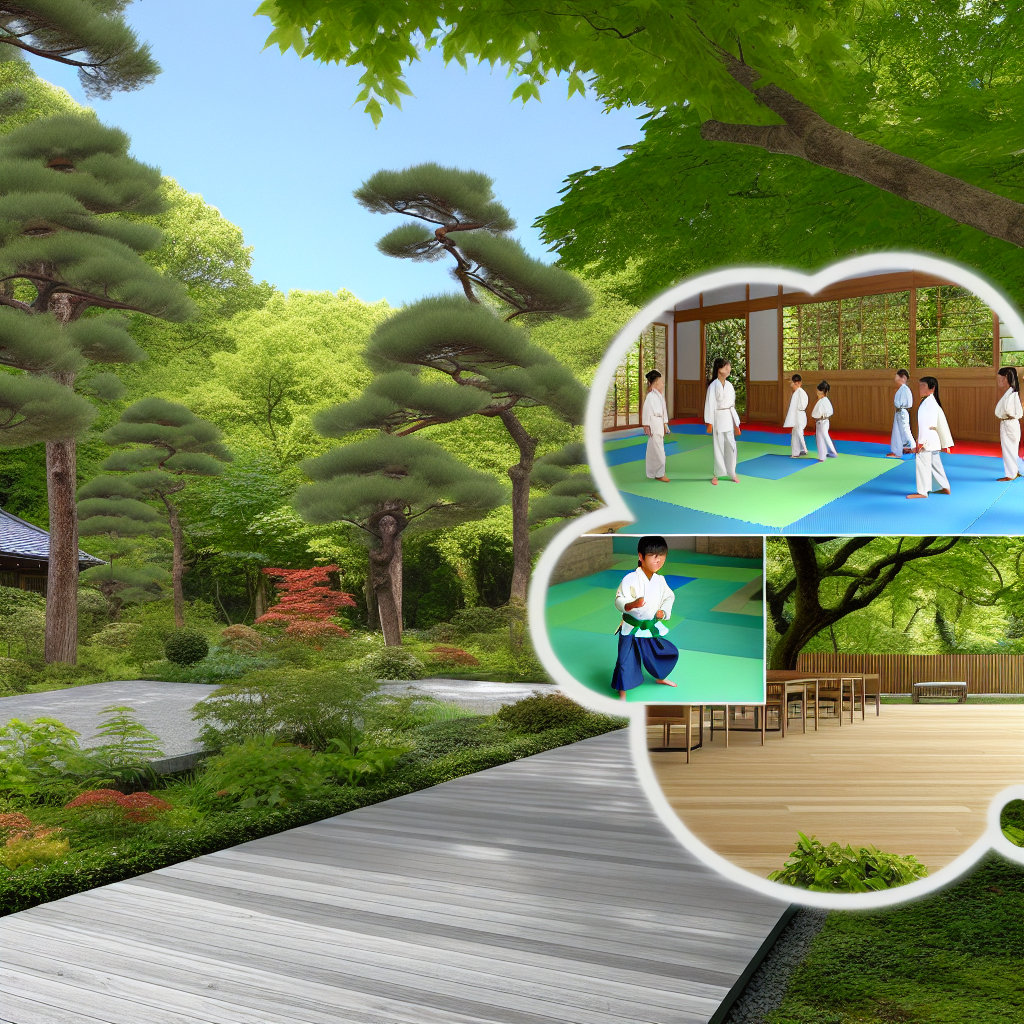High-End Sustainable Children’s Wear: Where Eco Meets Elegance
Introduction: The Rise of Conscious Luxury in Kids’ Fashion
For today’s discerning parents, luxury is no longer solely defined by exclusivity, price point, or brand reputation—it also embodies values such as sustainability, ethical sourcing, and conscious craftsmanship. As global awareness of environmental issues increases, many affluent families are rethinking how they invest in their children’s wardrobes. High-end sustainable children’s wear is fast becoming a dominant force in kids’ fashion, intertwining beautifully styled designs with environmentally responsible practices.
Eco-luxury fashion—where pedigree, purpose, and planet intersect—has emerged as a powerful reflection of this cultural shift. It reflects not only the parent’s desire to provide their little ones with stylish, organic comfort but also to leave a better world in their wake. Fashion isn’t just about outward appearance anymore; it’s now a bold statement of the values held within a household. Choosing clothes that honor the Earth while offering premium design allows parents to teach environmental stewardship by example.
The textile industry is one of the largest global polluters, and fast fashion often comes at the expense of both the environment and human welfare. Children’s fashion has historically been overlooked in sustainability discussions, but that’s finally changing. Visionary designers and high-end ethical brands now offer children’s clothing that is durable, responsibly manufactured, and backed by eco-certifications.
From sumptuous organic cotton footies and sustainably dyed dresses to timeless, heirloom-quality coats and **climate-neutral toddler sneakers**, today’s brands are combining opulence with ecological accountability.
Parents of means are uniquely positioned to influence the market. By supporting brands with transparent supply chains, fair labor practices, and low-impact manufacturing , they help shape the future of children’s wear. Luxury today is green, ethical, and consciously curated.
What sets these brands apart? Beyond organic materials and biodegradable packaging, eco-luxury designers offer a level of intentionality that is both rare and needed. Many designs are gender-neutral, made to be passed down across siblings and even generations—purposefully slowing down fashion cycles, and emphasizing long-term value. This beautiful blend of style and sustainability nurtures value-driven mindsets in children from a young age.
Why Sustainable Fashion Matters: Science, Health, and Environmental Responsibility
A growing body of scientific, medical, and environmental evidence supports the shift toward sustainable fashion, especially in children’s clothing. Children’s skin is more porous and absorbent than adult skin, making them especially susceptible to exposure from harmful substances. Conventional cotton farming uses genetically modified seeds and a heavy dose of pesticides, many of which remain in the fabric long after manufacturing.
According to the U.S. Environmental Protection Agency (EPA), over 90% of cotton is genetically modified and treated with chemicals that pose potential risks to agricultural workers, wildlife, and human health.
Research from the Environmental Working Group (EWG) indicates that young children are uniquely vulnerable to chemical exposure. Some chemicals used in dyes and finishing agents have been linked to skin irritations, allergies, breathing difficulties, and even hormone-disrupting effects. By contrast, certified sustainable brands often use fabrics approved by standards like GOTS (Global Organic Textile Standard), which ensures garments are toxin-free, environmentally gentle, and safer for children’s sensitive skin.
From an educational standpoint, children who grow up in households that model eco-conscious behaviors—like wearing sustainably made clothing—are more inclined to adopt these positive habits in adulthood. A study by the University of Michigan Sustainability Culture Indicators Program found strong correlations between eco-focused parenting and children’s long-term green behaviors.
This modeling contributes to emotional intelligence as well. Responsible consumer behaviors instilled early on can foster empathy, self-awareness, and a deeper connection to the planet. Kids who learn the “why” behind their clothing choices often carry that mindfulness into other aspects of life.
Fast fashion disrupts not just the environment, but emotional development by promoting over-consumption. According to a study published in BMJ Open, frequent clothing turnover reinforces the belief that happiness and identity are tied to consumption—a damaging message for children in formative years. In contrast, eco-luxury fashion promotes minimalism and encourages kids to value quality over quantity.
The ecological impact cannot be understated. The fashion industry is responsible for around 10% of total global greenhouse gas emissions, as noted by the United Nations Economic Commission for Europe (UNECE). Supporting items made from recycled materials, created in closed-loop systems, or transported through low-emission logistics can significantly reduce a family’s fashion footprint.
Meet the Designers Leading the Eco-Luxury Movement
Several innovative designers and labels have redefined what ethical children’s fashion can look like. These industry leaders are balancing sophistication, playfulness, and purpose:
– Stella McCartney Kids: Part of the globally renowned Stella McCartney brand, this line features cruelty-free, responsibly sourced materials and bold, colorful design. Every collection is a celebration of creativity and conscience, setting a high bar in eco-luxury children’s fashion.
– Mini Rodini: Hailing from Sweden, Mini Rodini fuses ethically made clothing with signature artistic prints. Their collections are GOTS-certified and often made from recycled polyester or sustainably harvested bamboo blends—infusing fun with function.
– Bonpoint: As one of the most elegant children’s labels in the luxury segment, Bonpoint has embraced green practices by incorporating sustainable cotton and launching “Bonpoint Seconde Vie,” a pre-loved program extending the lifecycle of its premium garments.
– Nui Organics: Recognized for its dedication to natural and organic fibers, Nui Organics specializes in merino wool and organic cotton in earthy tones. Quality craftsmanship and thoughtful fabrication define the brand’s timeless appeal.
– Gray Label: Based in Amsterdam, Gray Label promotes ‘slow fashion’ for kids. Its minimalist designs, neutral palettes, and environmentally responsible production processes make it a favorite for parents who seek understated luxury.
These brands go beyond environmental marketing—they deliver transparency, unique aesthetics, and truly sustainable design elements, from biodegradable tags to plastic-free shipping.
Final Thoughts: Dressing with Purpose, Raising with Values
In a world where every choice reflects a family’s values, embracing sustainable luxury fashion for children is both an elegant and ethical path. Choosing thoughtfully crafted garments from brands that care about the planet and the people behind the products allows parents to contribute to a more balanced, beautiful world.
By investing in pieces designed to last—not just in wear, but in emotional connection—we raise a generation that understands mindful consumption. More than just adorable, eco-luxury fashion is educational, experiential, and empowering.
As we move into a more conscious era, let’s make the wardrobe one of the first places we demonstrate purpose, responsibility, and love—not just for our children, but for the world they’re inheriting.
References
1. U.S. Environmental Protection Agency – Agricultural Pesticides
2. Global Organic Textile Standard (GOTS)
3. Environmental Working Group
4. University of Michigan Sustainability Culture Indicators Program
5. BMJ Open – Sustainability and Youth Behaviors Study
6. United Nations Economic Commission for Europe – Sustainable Fashion
💚 Tip: For maximum impact, pair this article with visuals of top eco-luxury brands, embed quote boxes from designers or eco-advocates, and optimize using SEO tools like Yoast using keywords such as sustainable children’s wear, eco-luxury kids fashion, and ethical kids clothing brands.
Would you like this post transformed into a polished PDF, media kit, or social carousel? Let us know—we’re happy to help you spread the message of purpose-driven parenting.

Dominic E. is a passionate filmmaker navigating the exciting intersection of art and science. By day, he delves into the complexities of the human body as a full-time medical writer, meticulously translating intricate medical concepts into accessible and engaging narratives. By night, he explores the boundless realm of cinematic storytelling, crafting narratives that evoke emotion and challenge perspectives. Film Student and Full-time Medical Writer for ContentVendor.com




